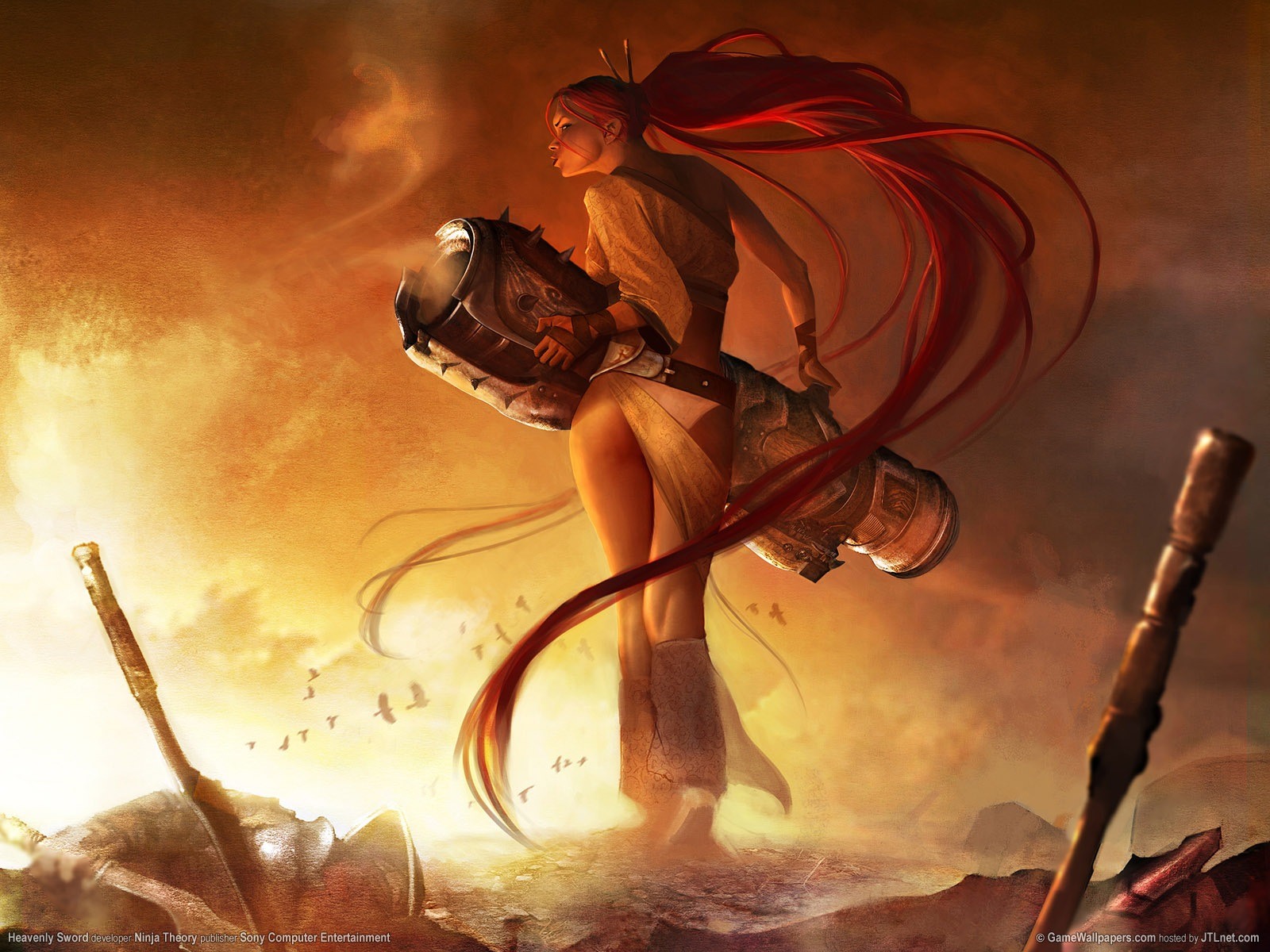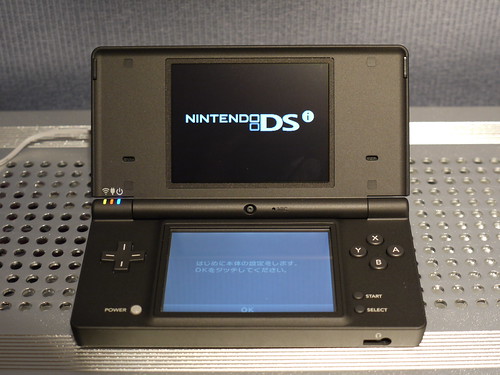It isn't the first mutiplayer beta to ever hit Xbox Live, but the "
Bionic Commando Multiplayer Demo" is live, and the initial public response is mixed so far (Recently
a patch went out to address some issues) . But the ongoing debate here got me thinking about multiplayer betas/demos in general, and how they can undermine the reputation developers of a soon-to-be-released game. Clearly, a well made multiplayer demo creates product evangelists, a poorly made one does not.
But what happens when a beta or demo gets the opposite attention than it was created for? How can developers temper the experience into something better? What could they have done differently and what are some of the key elements to a successful beta is the console space? Systemic examines this issue a little closer (using the Bionic Commando Beta as a guide) to give you our take.
Take the Time and Teach A public domain beta, i.e. one that's free of exclusive access or registration, and forgoes any user buy in for the experience, still needs to be accessible. Why? Because
anyone can download it for free to try it out. More importantly, if its multiplayer game that uses new mechanics to traverse a space, It needs to teach you how to play the game. The concept of teaching is fundamental because it helps users understand how they can traverse within the space. And for a lot of folks, this beta is their first exposure with the game, so why frustrate them from the start? There simply is no benefit here.
Yes, the concept behind the word 'beta' (or even demo) immediately reminds people that the game their playing isn't a final build, but there should still be a standard of what to expect if the controls deviate from traditional standards set in said game's genre. Correct manipulation if the controls is a pivotal factor to enjoyment here.
Multiplayer games are supposed to be fun, but if the player has no idea what's going on or how the game works, the experience degrades from something fresh to more of a mixed bag. Bionic Commando is a game where swinging, quick movement, and decent shooting skills are all essential skills for success, yet teaching players those skills is ignored completely.
A big reason why the Halo and Call of Duty betas were successful was
because of how synonymous the vocabulary for First Person shooters
controls are among most gamers (aside from also being pretty well
balanced games in general). The average console user is pretty well
versed in these types of controls, so they don't need hand holding to
grasp general mechanics.
The Bionic Commando Demo heaves players into a match made free-for-alls, but ignores building player skills through a short tutorial. They toss you into the wild against random opponents. And the fact is not knowing how to play makes the game that much more inaccessible.
It's Fun to Play Together
Allowing users to play together seems like simple rule, and it can lead to the most potential fun in multiplayer games. Let's face facts: after playing so many games online we know that playing with strangers isn't always fun.
Of course the natural counter argument here is that the deathmatch mode included in BC: Multiplayer beta is designed for a free-for-all play, and gamers can't be trusted to play fair if they played with friends. To counter, I'd say then why only include that mode?
One Map Just Isn't Enough
In multiplayer beta-land, most good experiences come in packs of three. Let's look at the console version of the competition for Bionic Commando Multiplayer.
"Call of Duty 4: Moder Warfare" - three maps. "
Halo 3" - three maps.
"Call of Duty: World at War" - three maps, again.
The pattern here is obvious, and if there's any lesson to be derived it's that the more maps mean better. In Bionic Commando, a game that's clearly more geared as a single player experience than a multiplayer one, even two maps would have been fine. Ultimately, don't give gamers a single vertical slice of your game in multiplayer. Consider opening up the experience a little, instead.
One Mode Isn't Enough, Either
Yes, one mode isn't enough, but in reality this is a two-fold issue. On one had, players really throw away too many multiplayer man-hours in Deathmatch and Team Deathmatch modes, and that's okay to an extent. Deathmatch is a great place to start, but adding 5 minute games of CTF could help expose more of what the product can potentially be to the intended audience, especially when the mechanics are so different. This gives players a better, a more well
rounded playground where they can test strategies and share their
experiences, ultimately becoming product evangelists for the game.
After all, who can deny the undying power of word of mouth.
In a beta the graphics don't have to be polished or the features set super robust, but the experience still needs to be tight. As a beta, you're vying for people to pay attention to your game and it pays to make a good first impression.
A first impression is hard to make, doubly so when that its supposed to inspire users to spend $60 on a future purchase. And we're just offering our advice and hopefully you'll acknowledge our points. Otherwise don't complain when we play your game and say that you're 'doing it wrong'.




 Still, I'll admit that the downtime was needed. No one likes to work year round, least of all me. Thursday we had an impromptu reunion of volunteer Beacon Staff at the Best Buy over on Harrison. A bunch of the cool kids (ATF!) invited me to go with them as they eagerly scouted the electronics giant for a worthwhile item to spend their prized $100 gift cards.
Still, I'll admit that the downtime was needed. No one likes to work year round, least of all me. Thursday we had an impromptu reunion of volunteer Beacon Staff at the Best Buy over on Harrison. A bunch of the cool kids (ATF!) invited me to go with them as they eagerly scouted the electronics giant for a worthwhile item to spend their prized $100 gift cards.





